Cake boxes are essential for bakeries, patisseries, and confectionary stores for packaging and presenting their baked delicacies. These containers are designed to protect cakes during transport while also showcasing their design and craftsmanship. The versatility of cake boxes extends from simple, single-cake transportation to more elaborate displays for weddings, birthdays, and other special occasions.
Types and materials of cake boxes
There is a wide variety of cake boxes available to suit different needs and preferences. Some boxes are crafted to hold single cupcakes or small pastries, while others, such as full sheet cake boxes, are designed to accommodate larger cakes suitable for events and large gatherings. Tall cake boxes have gained popularity for protecting multi-layered cakes with intricate designs, ensuring the decoration remains intact. Plastic cake containers offer a durable solution and are often used for their sturdiness and the clear view they provide of the cake inside.
The materials used in the production of cake boxes are as diverse as their designs. Cardboard is commonly used for its lightweight and customizable nature, allowing for easy printing and branding. For a more durable and transparent option, clear cake boxes made from plastic are preferred as they provide a full view of the cake, making them ideal for display purposes. For those seeking eco-friendly options, biodegradable and compostable materials are also available, which contribute to reducing the environmental impact of disposable cake containers.
Features and uses of cake boxes
When considering the features of cake boxes, it's important to note the functionality that each type provides. Many cake boxes come with a lid that ensures the cake remains protected from external elements. Some are equipped with a locking mechanism or seals that keep the contents secure during transportation. Features such as handles or ribbons can add convenience for carrying, while inserts or support pads may be included to keep the cake in place. Additionally, pastry boxes often have windows that allow the contents to be seen without opening the box, preserving the freshness of the pastries.
Cake boxes are not only used for retail or transport but also serve as part of the presentation. They are utilized for various occasions including weddings, birthdays, corporate events, and bake sales, providing a professional and hygienic way to handle baked goods. Beyond traditional uses, customized cake boxes can be used for promotional events or as part of a gift package, offering a personalized touch to the presentation of the cake.
Advantages of using cake boxes
The use of cake boxes brings numerous advantages to both the seller and the consumer. They offer protection to the cake during transport, reducing the risk of damage to the structure or decoration. Cake boxes also maintain the hygiene of the cake by preventing exposure to dust, insects, and other contaminants. Furthermore, they play a significant role in branding, as a well-designed cake box can enhance the overall perception of the quality of the cake and the professionalism of the bakery. Lastly, cake boxes can be easily stacked, which optimizes storage and transport efficiency. Incorporating cake boxes into the operations of a bakery or confectionery business can greatly enhance the customer experience by ensuring the integrity and presentation of cakes and pastries are preserved from the point of sale to the final destination. With a variety of types, materials, and features available, these boxes can be tailored to meet the specific needs of each baked creation.

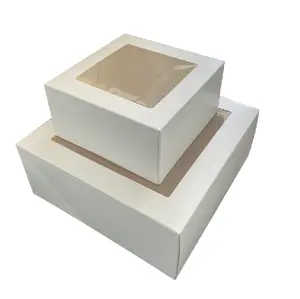


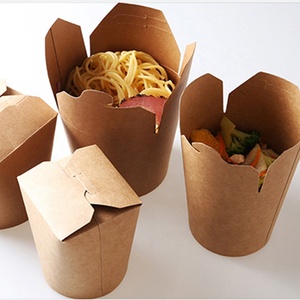

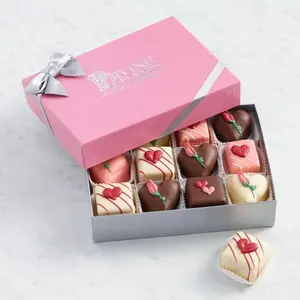

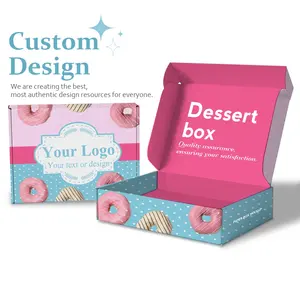








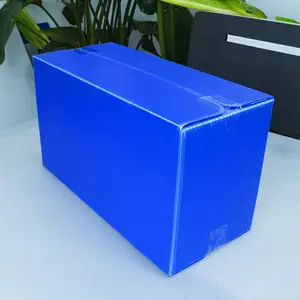
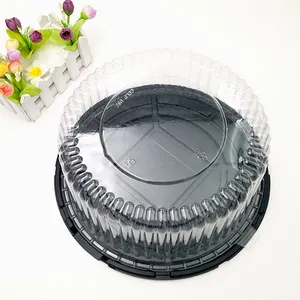





















 浙公网安备 33010002000092号
浙公网安备 33010002000092号 浙B2-20120091-4
浙B2-20120091-4